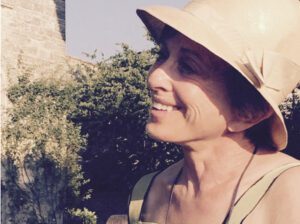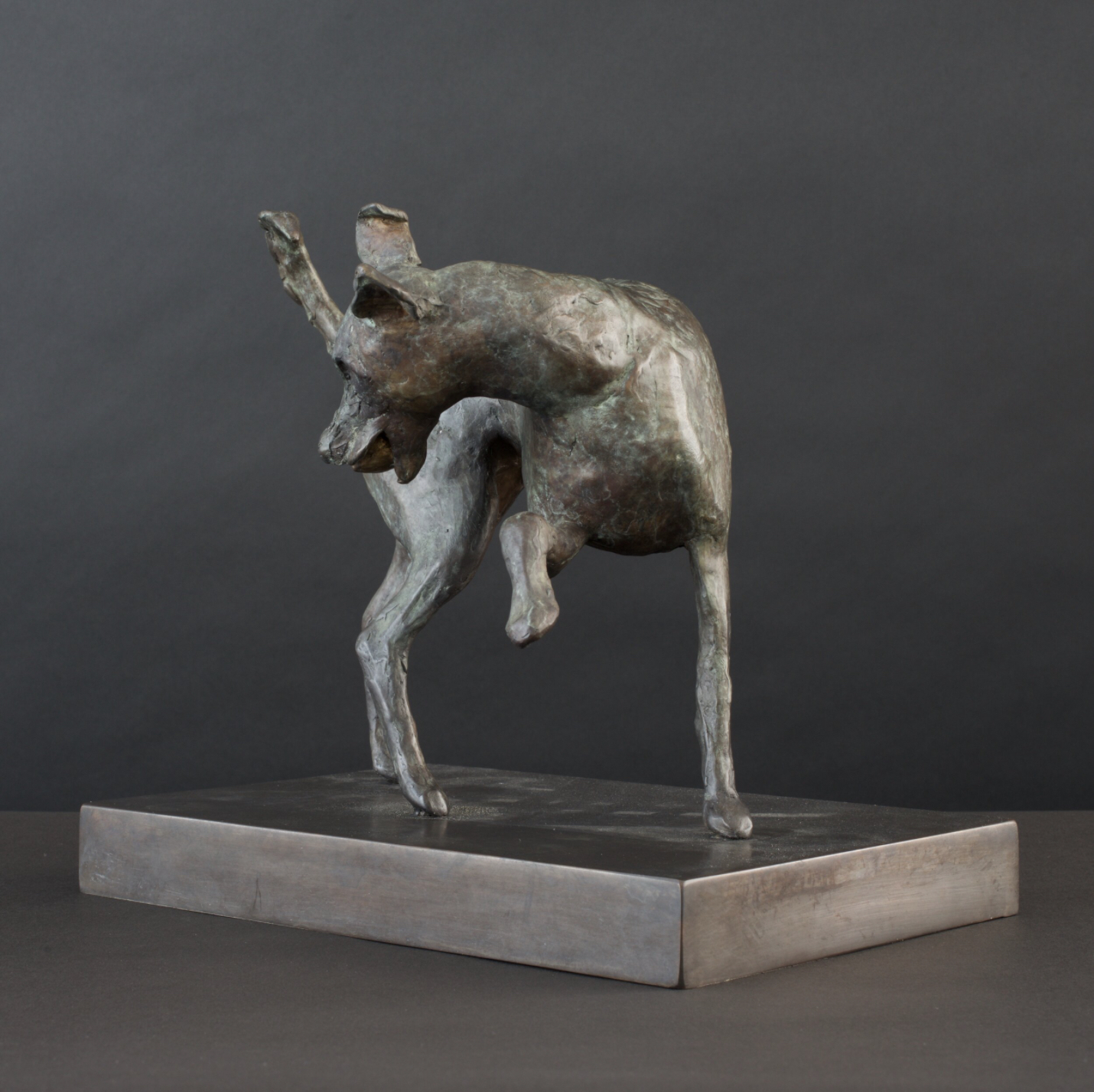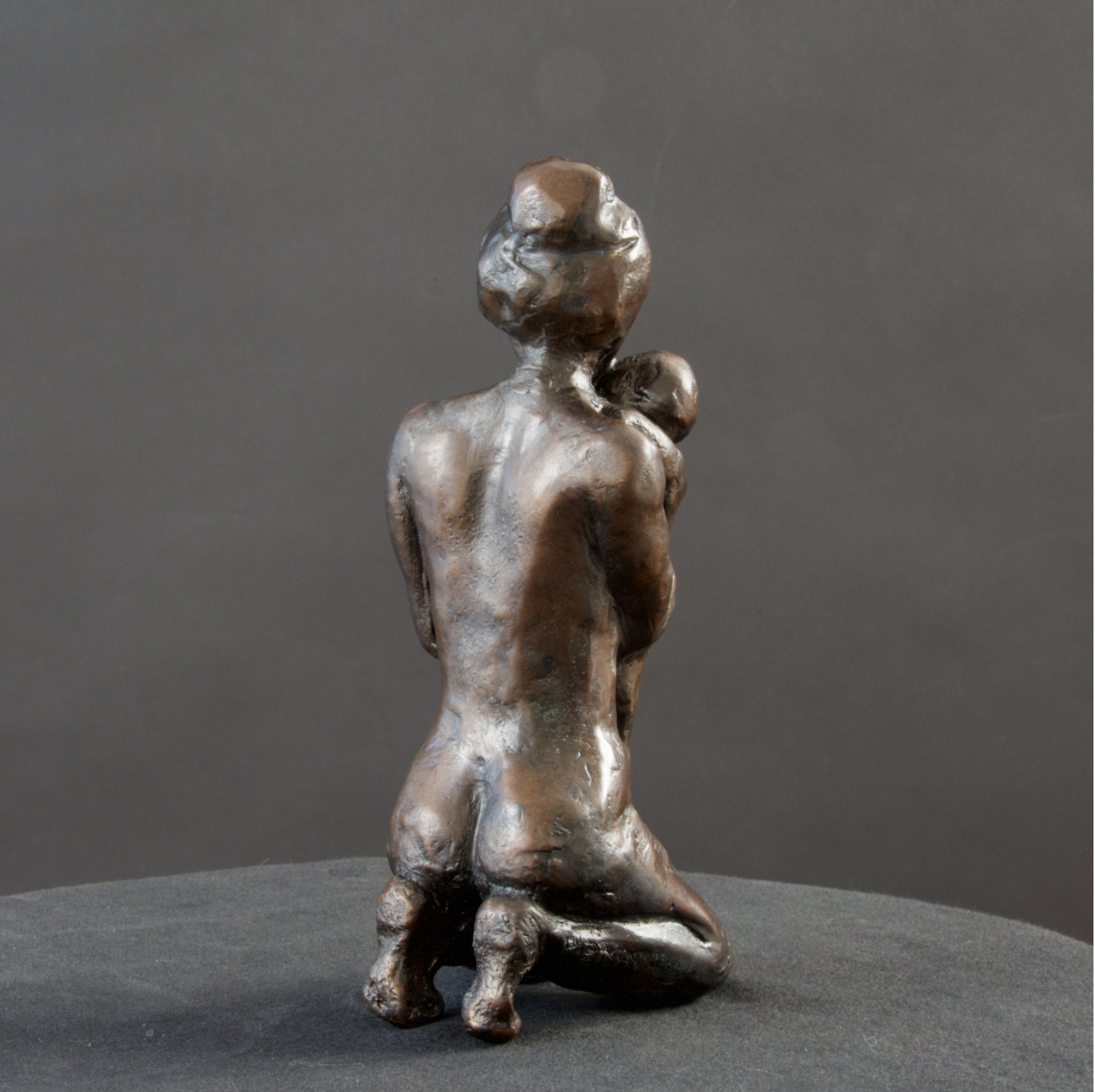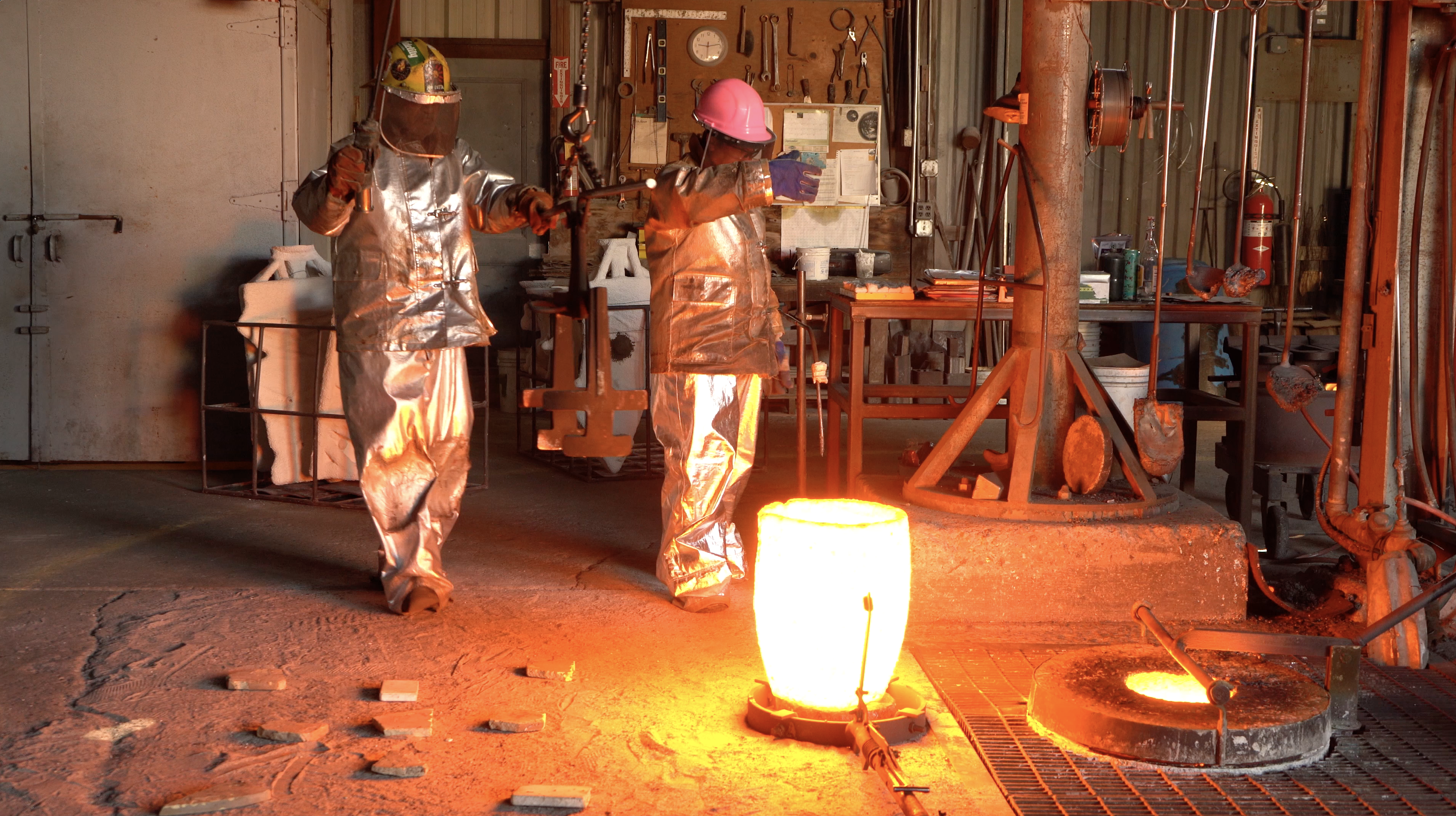October 2 – October 16, 2021
Open Thursday-Saturday 11am-4pm and by appointment: info@sfartsed.org or 415-954-2111
Opening reception 4-7pm, Saturday October 2

From Harriet Heyman:
I work from the inside outwards. I am drawn to bodies in motion. Years ago, I did acrobatics. Watching people play within finite space and time I found as captivating as doing it myself. About the time I packed up the trapeze, I began experimenting with clay and wax. I first make quick sketches from a live model. This helps me find an outer form for a nascent idea, helps me feel it in my hands. To go from two dimensions on paper to three-dimensions in space, I shape aluminum wire into a stick-figure armature. I flesh it out with globs of wax or oil-based clay. Like rummaging around a Lost and Found, the process is random but hopeful. I don’t want to lose the vitality of my sketches.
I bend wire, knead, roll, push wax until I find a formless thing that wants to Be. I can do that until my fingers ache. With fierce concentration I play around, hoping to happen upon something I didn’t even know I had lost.
After weeks of working on a piece, observing it minutely from every angle, I can no longer see it. I’m too close. I ask myself: Is the piece already finished? Did I overwork It – snuff the life from the bright and the quick? I see only what displeases me. I have lost my way. This is the moment to put it aside and work on something else. I need distance. After a break, suddenly, what troubled me seems obvious. Or else I’m still stuck. I Facetime an English sculptor who’s my mentor. I turn the piece on a lazy susan, so he can see all sides. He offers notes and refers me to sculptures from other times and places that may resonate. The blockade breaks, and I go on.
I bring my finished piece to the foundry, Artworks, in Berkeley. More than a dozen artisans work on it, preparing it for Lost Wax casting, an ancient method still used today. The work is encased in layers of sand to make a robust mold that can withstand the heat of molten bronze. As bronze is poured in, the wax of the original liquifies and drains out through channels. Hence, Lost Wax. The bronze is refined to smooth seams and imperfections and patinated by chemicals under an oxyacetylene torch. Bronze hammered, ground, melted, torched. Ingots and art. For me, the foundry occupies a special place.
I’m less interested in what a subject objectively looks like than in how it feels to me. The most satisfying pieces are those that look rough, as if just quickened from raw material. Capturing the energy of a moment takes me weeks and months. When my work is finished and the piece cast, I want the bronze to be textural and active — to dance in the play of light.
For more, visit https://harrietheyman.com/




